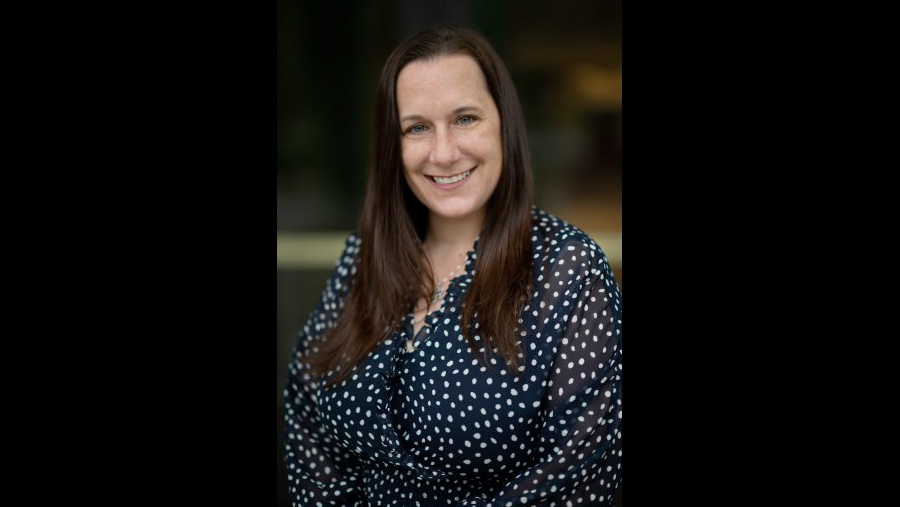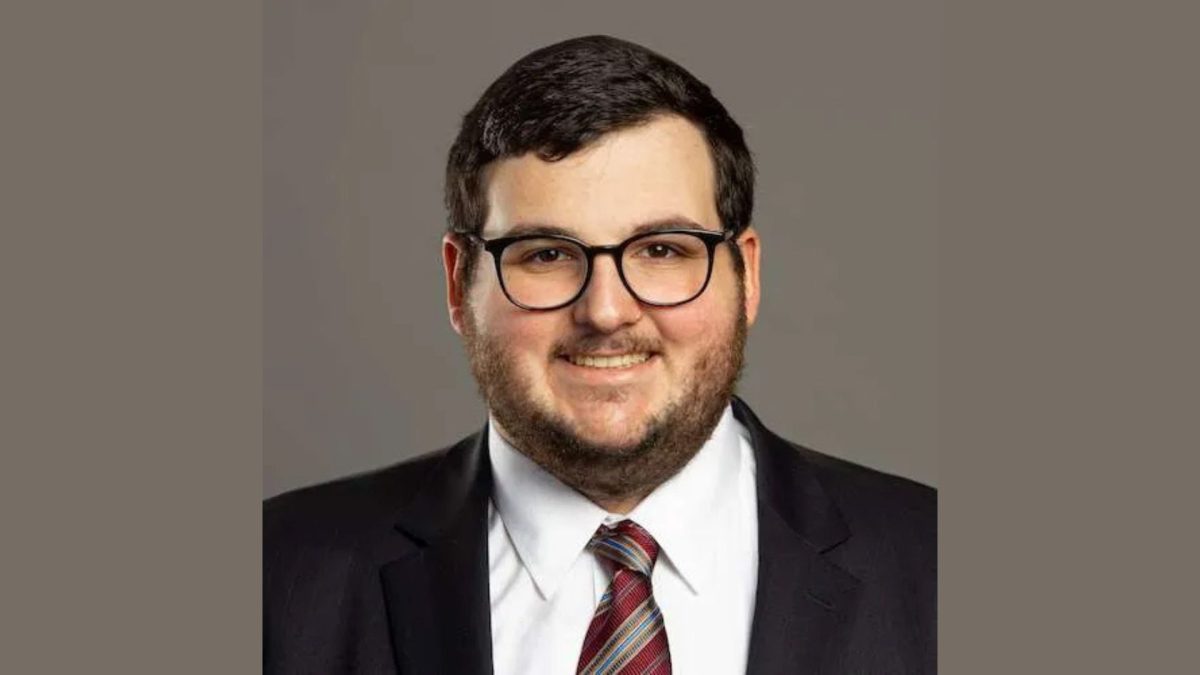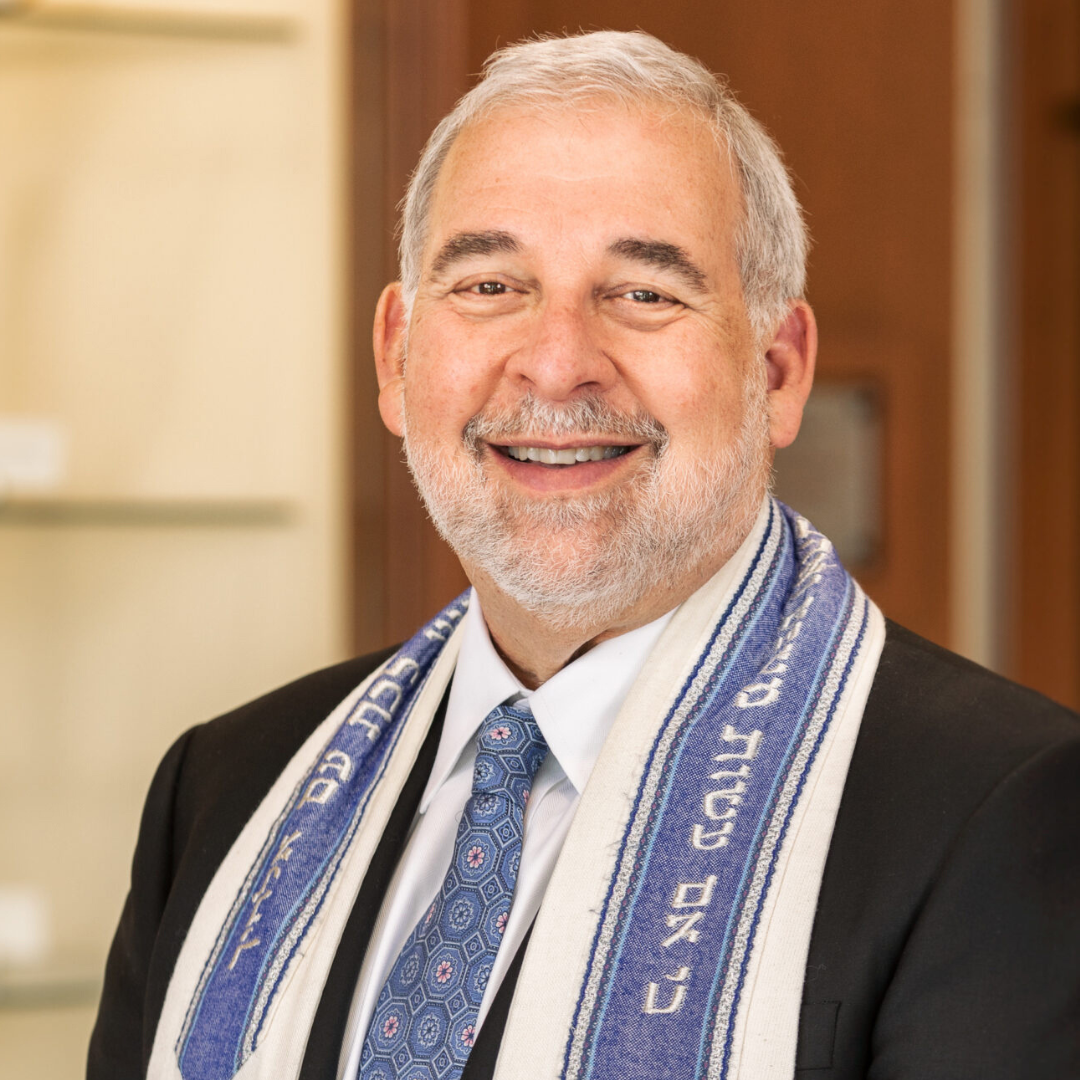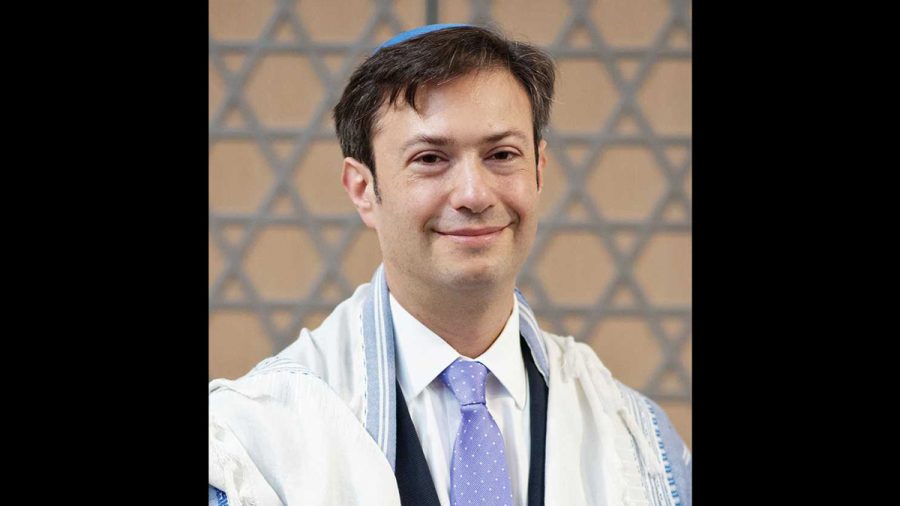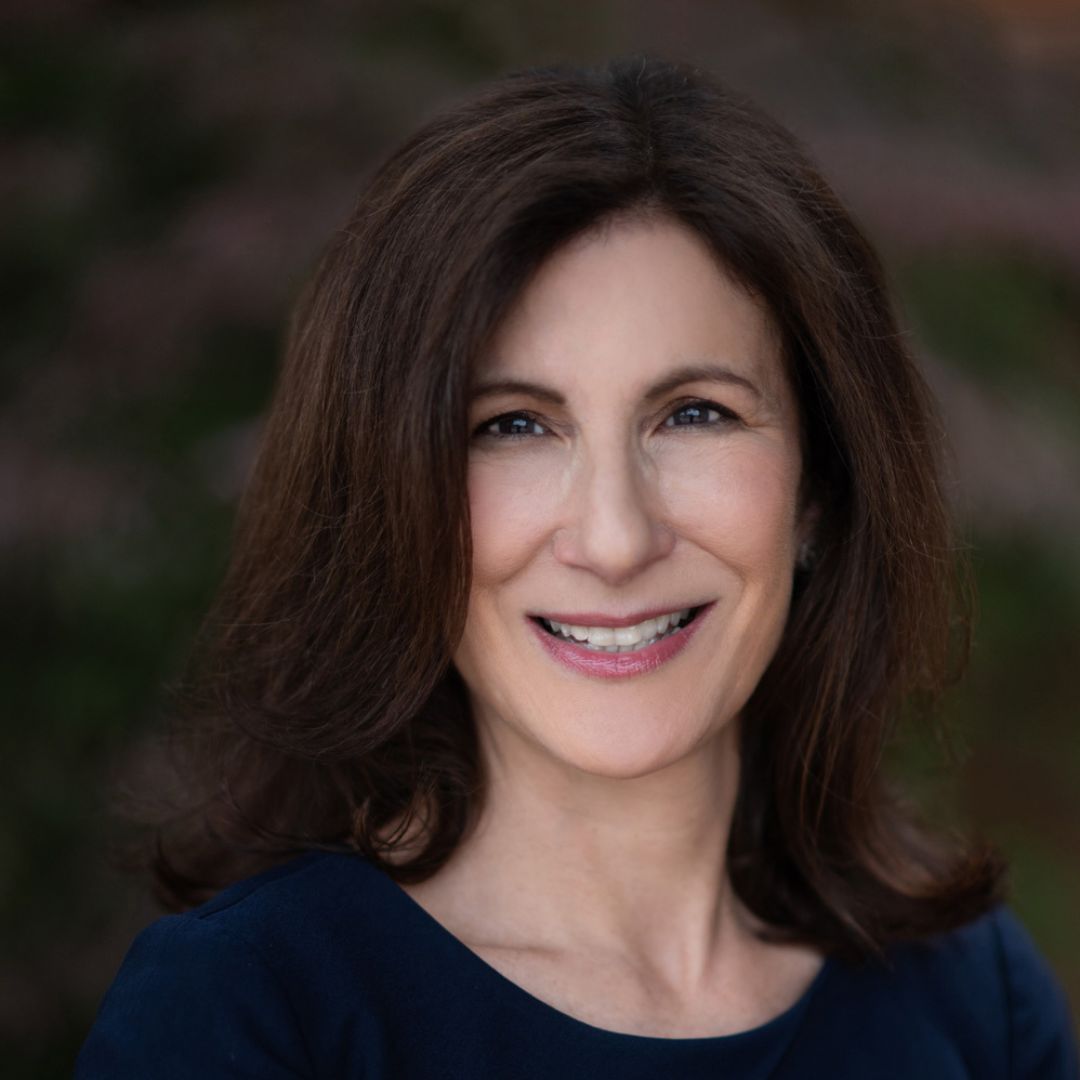Starting this week, I am leading a study of a course offered at the University of North Carolina-Chapel Hill by professor Joseph Lam titled “Creation Stories of the Ancient World.”
At the same time, we are beginning the reading and study of our own Torah (B’reishit – Genesis 1:1 to 6:8). The intent is to look at our creation story as a way for us to identify our G-d as distinctively Jewish and, on a personal level, unique to each person’s perception or perspective.
One case in history finds the establishment and populating of ancient Alexandria Egypt. When the original Ptolemy (former general under Alexander the Great) was awarded the area along the Mediterranean and west of the Nile River in Egypt, he divided the planned city in sections, clearing the largest section for the import of Jews from Persia and other areas of the Lavant.
ADVERTISEMENT
One of his primary tasks was to create a god that would serve not only as a tribal focus but would give Alexandria and its population a certain “brand” among the other cities and states. He introduced the god Serapis as the god of wellness. This branding welcomed scholarship and innovation, which attracted some of the most creative minds in their world at the time.
For us, B’reishit lays a foundation on which we will identify with our G-d. In order to do this, we must develop the characteristics that the G-d sees as of the highest order. Throughout the Torah, we see the struggle of a people trying to find synchronicity with their G-d. We tend to learn more about G-d through the resolutions of conflicts than the quietude of day to day living.
In B’reishit, then, we see the opus to our current shared identity in sentence 27 of the first chapter, when we read that we are created “… in the image of G-d.” Our intention, from this beginning, is to learn how to not fashion G-d in our image but to fashion ourselves into a prescribed image of a deific aspiration or directive (depending on one’s personal relationship with G-d).
ADVERTISEMENT
I’m starting my course with a question: “How do you define or identify G-d in your life?” The participants will write this down in one short sentence and keep that to themselves. At the end of the 12-week course, I will ask them same question, and they can see whether their initial answer has changed.
Our concept or relationship with a G-d figure is deeply personal and yet requires us to be in some level of conformity with others in forming a strong, godly in-group. This is essential to human existence. Community, cooperation and the sense of belonging are important aspects to living a full and meaningful life.
Our Jewish community needs you as much as you need it. Better and more prosocial behaviors can begin with you recognizing and finding synchronicity with the G-d in you.
Shabbat Shalom.
Cantor and Rabbi Ron Eichaker serves United Hebrew Congregation and is a police chaplain. He is a member of the St. Louis Rabbinical and Cantorial Association, which coordinates the d’var Torah for the Jewish Light.




